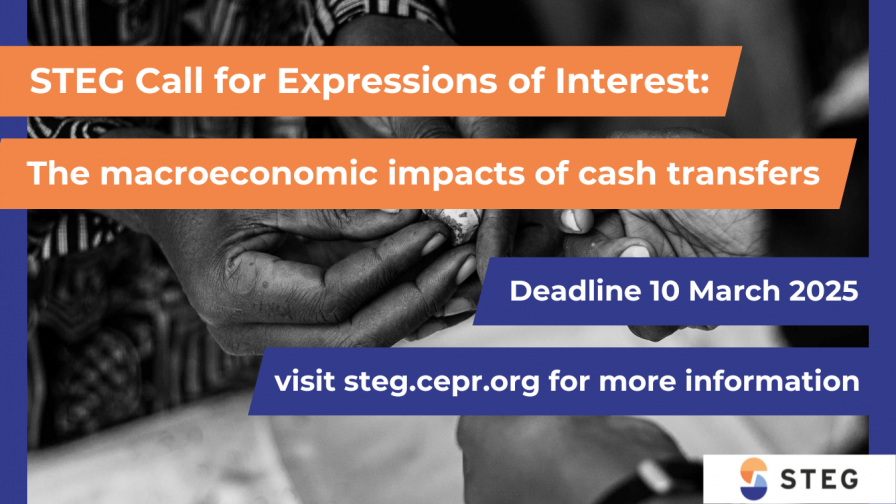Trade can promote gender equality by disproportionately expanding sectors which are female‐intensive. Under these circumstances, access to foreign export markets can create the economic conditions for women, rather than men, to reallocate into high‐productivity firms and sectors which tend to pay higher wages. Even where there has been no reallocation of labour, it has also been shown that trade can increase the wages of women within exporting firms and sectors (Aguayo‐Tellez et al., 2013; Juhn et al., 2014). However, whether trade alleviates or exacerbates gender inequality at the household‐level in developing countries is not well understood.
Given that many developing countries integrate into the global supply chain by exporting goods in sectors that are predominantly female-intensive, it is important to examine the effects of trade at the household‐level since there is an abundance of evidence that women’s intrahousehold bargaining position is strengthened when the relative wages and labour market opportunities of women improve (Lundberg and Pollak, 1994; Aizer, 2010; Molina and Tanaka, 2023). Specifically, studies in this field emphasise that women’s outside option (i.e. the availability and quality of jobs for women) and relative income are important transmission mechanisms for household‐level female empowerment since they allow women to credibly raise the threat of divorce when negotiations between spouses break down. Another reason why it is important to study the effect of trade on women within the household is that strong female intrahousehold bargaining has been linked to intergenerational benefits (Duflo and Udry, 2004; Majlesi, 2016; Almås et al., 2018; Armand et al., 2020).
This paper uses the US‐Vietnam Bilateral Trade Agreement (BTA) which came into effect in 2001 to study how the trade‐induced disproportionate expansion of the female intensive wearing apparel and leather sector led to the structural transformation of the female labour force, and its effect on women’s relative income at the household‐level. This paper also explores whether the trade‐induced improvement in women’s outside option improved their intrahousehold bargaining position. Additionally, this paper improves the estimation of the effects of access to foreign export markets on the outcomes of workers in developing economies through the use of panel data.
This paper uses a difference‐in‐differences approach which relies on the construction of an index of province‐level exposure to the BTA akin to Kovak (2013) and Topalova (2010). Using nationally representative panel data from the Vietnam Household Living Standards Survey, I leverage provincial exposure to the BTA to first assess whether in provinces that were more exposed to the BTA, women were more likely than men to reallocate into the wearing apparel and leather sector. I then turn to look at whether among provinces that were more exposed to the BTA, women’s relative income increased such that the spousal contribution gap to the total household income was smaller than in households in less exposed provinces. Finally, I examine if, as predicted by the intrahousehold bargaining literature, the narrowing of spousal contribution gap increased household consumption of goods that would be indicative of stronger female intrahousehold bargaining power.
I find that although women were more likely to reallocate into the wearing apparel and leather sector than men in more liberalised areas in the 4 years following the implementation of the BTA, and that in these regions women were able to considerably close the spousal contribution gap, this did not translate into higher intrahousehold bargaining power for women. Households in more liberalised provinces did not increase their share of total household expenditure on food, education and health whereas the share of expenditure on tobacco increased. Finally, contrary to what is predicted by Qian (2008) and Heath and Tan (2018), I find that investment in daughters’ education did not increase amongst households in provinces where the spousal contribution gap was smaller.





















































